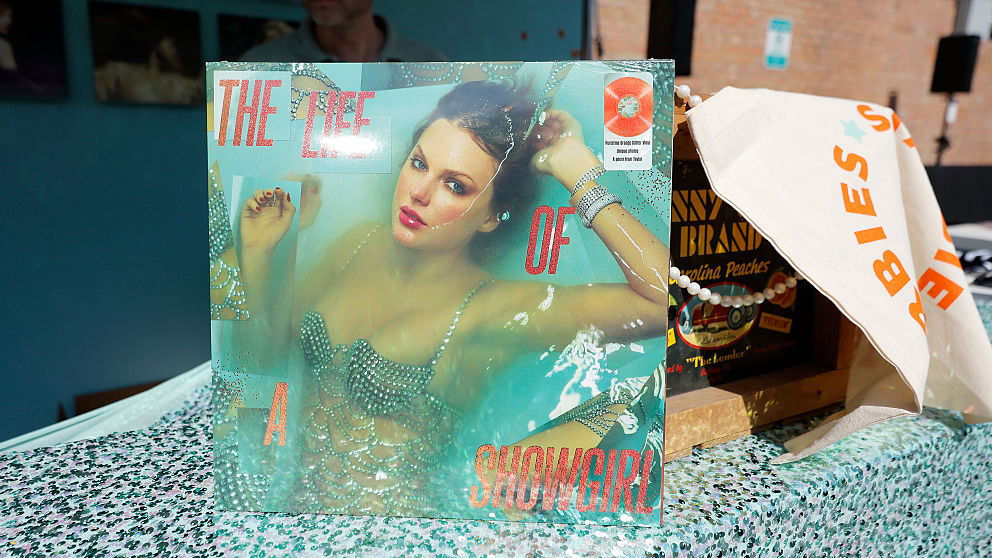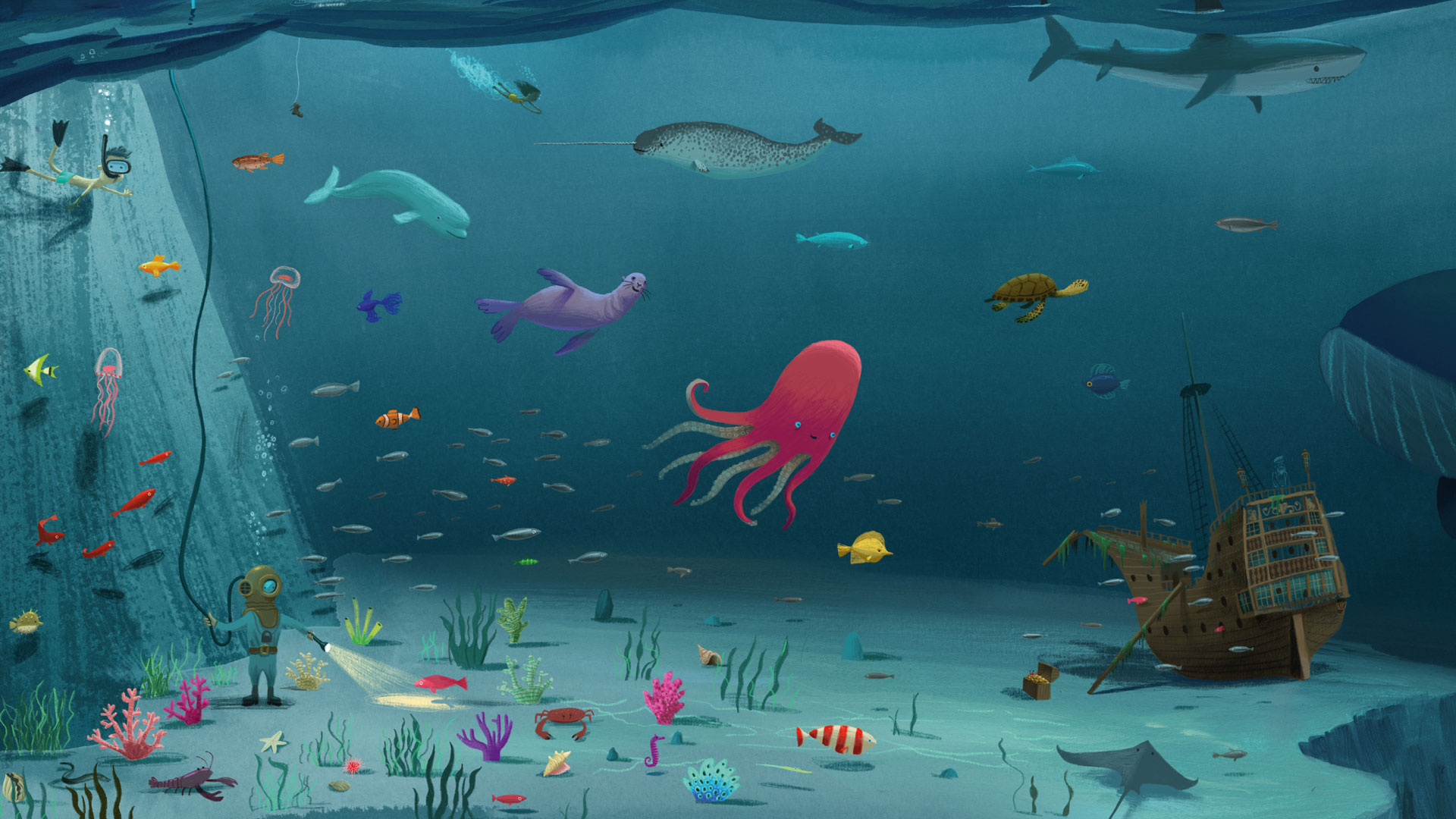6 ways brands missed the mark on Taylor Swift's orange moment
Dos and don'ts for brands to capitalise on viral moments.

Taylor Swift's Life of a Showgirl caused inevitable waves on its release, not all of them positive. While the accompanying film generated £26.5 million in opening box office sales, and caused one of our freelancers to write this piece calling it the future of cinema, the brand response was disappointing.
Orange product sales surged, with the likes of orange glitter up 759 per cent, but the brands that tried to get involved in the conversation often fell flat.
"The Swift moment exposed a fundamental workflow crisis in marketing that extends beyond viral celebrity moments," explains Miruna Dragomir, Planable's CMO. "Brands regularly face situations where they have just hours to respond strategically, yet most lack systematic infrastructure."
This means that many brands are set up to fail, as they prioritise speed over quality. Miruna identifies dos and don'ts for brands trying to engage in viral trends such as Swift's orange moment.
01. Do stop random brand jumping
"Most brands saw orange trending and immediately deployed generic orange posts without asking the fundamental question: does this actually align with our brand?" explains Miruna. This follows on from my recent conversation with The Blackpepper Studio, who talked about the importance of authenticity in branding.
Some brands deployed this beautifully, such as Dunkin'. "Dunkin' succeeded with 'always been in our orange era' because orange was already their signature colour," says Miruna.
"Winners have predetermined brand-culture fit criteria built into their workflows. Losers wing it and look desperate."
Daily design news, reviews, how-tos and more, as picked by the editors.
02. Do end approval bottlenecks
When it comes to jumping on trends, you've got to be quick. Whilst some brands moved from trend detection to published content in under 24 hours, many took three to four days and missed the entire cultural moment, says Miruna.
"The difference wasn't creative speed, it was operational infrastructure. Winners had pre-approved templates, streamlined decision trees, and legal frameworks ready. Followers were starting approval processes from zero whilst the moment died."
03. Don't work in silos
A post shared by New York City 🗽 NYC Travel | Hotels | Food | Tips (@newyorkcity.explore)
A photo posted by on
Some of the best responses required a coordinated response involving multiple departments. "Empire State Building's coordinated orange lighting looked spontaneous but required advance partnership protocols and rapid activation workflows," says Miruna.
"Most marketing teams operate in silos where social, PR, and partnerships can't move simultaneously. Swift-level opportunities expose which brands have integrated operational systems versus those still running on email chains and hope."
04. Do monitor trends systematically
"Winning brands treated Swift's announcement as a planned revenue opportunity they'd been preparing for, not a surprise crisis," says Miruna.
"They had systematic trend monitoring, clear participation criteria, and ROI projection models ready."
On the flipside, losing brands saw orange trending, panicked, and threw random content at the wall whilst consumer purchasing surged without them.
05. Don't abandon your tone of voice
A post shared by McLaren (@mclaren)
A photo posted by on
Tone of voice is a vital part of branding, so don't lose sight of it when the pressure is on. "Under 24-hour deadlines, most brands completely abandoned their established voice and personality.
"McLaren succeeded by integrating orange elements whilst maintaining their racing heritage and premium positioning. Teams without pressure-tested voice guidelines produce generic content that damages brand equity during the exact moments when consistency matters most."
06. Do create collaborative workflow systems
"Swift maintained perfect narrative sequencing from podcast announcement to theatre rollouts – this coordination requires collaborative infrastructure that most marketing teams simply don't have.
"Brands couldn't coordinate between their own social accounts, let alone with external partners. Winners have cross-platform storytelling systems. Followers improvise and lose narrative control," explains Miruna.
For more on Swift, see our pieces on Swift's alleged AI use and Swift's numerous album covers.

Rosie Hilder is Creative Bloq's Deputy Editor. After beginning her career in journalism in Argentina – where she worked as Deputy Editor of Time Out Buenos Aires – she moved back to the UK and joined Future Plc in 2016. Since then, she's worked as Operations Editor on magazines including Computer Arts, 3D World and Paint & Draw and Mac|Life. In 2018, she joined Creative Bloq, where she now assists with the daily management of the site, including growing the site's reach, getting involved in events, such as judging the Brand Impact Awards, and helping make sure our content serves the reader as best it can.
You must confirm your public display name before commenting
Please logout and then login again, you will then be prompted to enter your display name.
